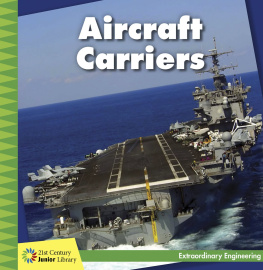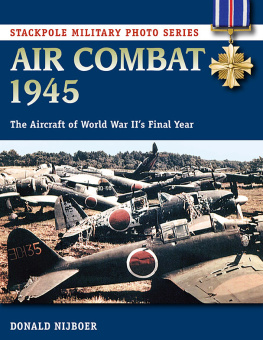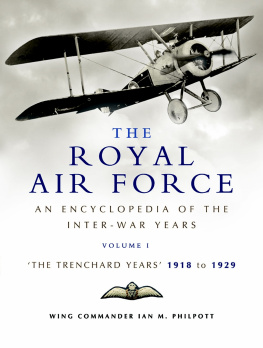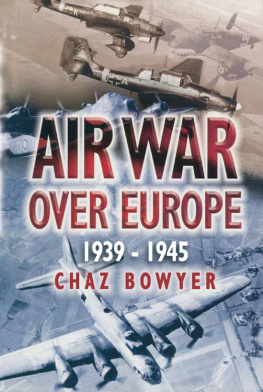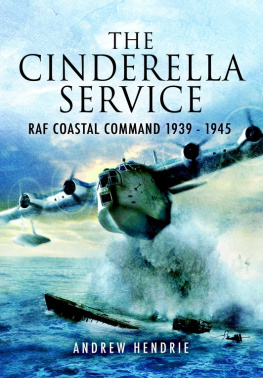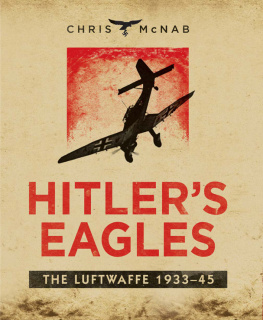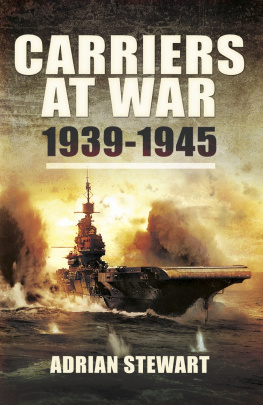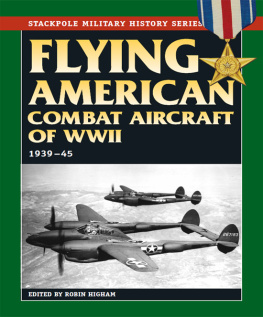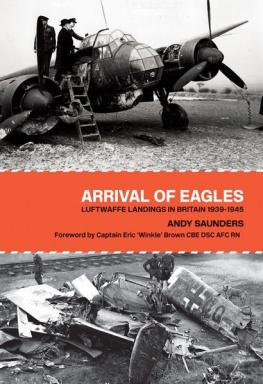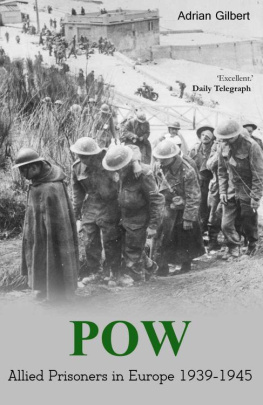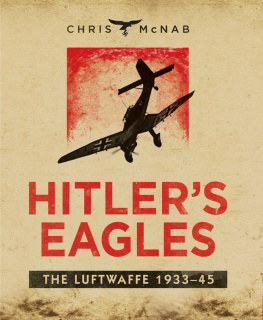SECRET NAZI AIRCRAFT

Heinkel He 162 "Volksj
Last Chance for the Luftwaffe
1939 -1945 Luftwaffes Advanced Aircraft Projects
Second Edition
TABLE OF CONTENTS
Chapters:
Copy Right Info
Copyright 2011 David H Crocker
HOBBY BOOKS
http://hobbyblogbooks.blogspot.ca/
This book is a compilation of surviving technical data and engineering information on the aircraft projects that were ongoing in Germany between the years 1939 and 1945. A short section of background material is also given at the beginning of each chapter, to help readers appreciate the environment and culture that existed in these research organizations in those times. This background material was found in Wikipedia, the free encyclopedia. A basic knowledge of aircraft terminology is perquisite to reading this work.
The projects were selected for their advanced technological content and their unorthodox approach to aircraft design. To the reader many of these programs may have a familiar look and that is not too surprising; since they were to be the inspiration and source of engineering data, for most aeronautical research work, that was to take place in the world throughout the later part of the century. Aeronautical development that took place in the West and also in the Eastern bloc had their beginnings in Germany during WW2. This trend was to continue for at least three decades following the end of hostilities in Europe. Familiar war-birds such as the Sabre Jet and the MIG 15 are direct descendants of projects which started at Messerschmitt and Focke-Wulf.
Who can deny the resemblance of those fighters that emerged in 1950s to the Ta 153 and the ME P 1101 of the 1940s. The so called groundbreaking supersonic Bell X series of aircraft flown by legendary test pilot Chuck Yeager in the 1950s had their beginnings in the high-speed research programs of the Nazi regime (8-346 supersonic research aircraft).
The material in this volume includes more engineering data than our earlier book. One of my engineering professors once said, that unless one could quantify a fact with a number, it was of little value. Following this thought, this work contains as much engineering data as could be found and is assigned to each project and aircraft design appearing here.
The project material in this book has been arranged so that the manufacturers are listed in alphabetical order, making it more convenient for the reader to follow the development work that was proceeding in the companys advance design offices (Skunk-Works).
The material found in this compilation could also form a valuable source of information for flight simulator games, aero modelers both 1/72nd and giant scale RC Jets. Jet propelled models or for that matter, any aircraft model could be scaled up from the dimensions and engineering data found in these pages. Imagine the prospects of a scale ME 1101, a TA 183 or even an RC model of the Focke-Wulf ATHODYD (ramjet) fighter performing at some local jet rally.
This chapter deals with advanced projects that were ongoing in Nazi occupied Europe in 1944, requiring testing and evaluation at the Luftwaffes testing establishments. There was a special commission formed with expert members of the Luftwaffe and industry who were chosen to directed and set priorities for the various projects.
(Emergency Fighter Program)
Reports of surviving documents give a feeling of conditions which existed within the aircraft community just before the final collapse. A document datelined Berlin December 22nd, 1944 sheds some light on the situation; specifically the ideas and the problems which confronted German designers. The paper by Technischen Luftrstung (TLR) [Technical Air Armament] was addressed to the Chief of Technical Air Equipment and was issued by the Chief Commissioner for Aircraft Development.
The following is a list of the individual special commissions and their chiefs that were active in Germany in the latter days of the Second World War.
The commission for:
Day fighters was headed up by Willi Messerschmitt;
Night fighters was led by Kurt Tank;
Bombers was led by Heinrich Hertel;*
Airframe construction was headed by Otto Bock; and
Power units was headed by Schilo.
*Heinrich Hertel (13 November 1901 1982) was a German aeronautical engineer .
After graduating as an engineer from Munich Technical College , he joined the Junkers company in 1926. In 1932, he was recruited by Ernst Heinkel and two years later was made the Technical Director of the Heinkel company where he oversaw many projects including the Heinkel He 100 and He 111 .
In May 1939 he returned to the Board of Directors at Junkers where he was closely connected with the development of the Junkers Ju 288 and Ju 248 . In February 1945, he also worked on a project of the Dornier Do 635 , one of the twin boom fighter aircraft developed from Dornier Do 335 but the project was cancelled in 1945.
After World War II , Hertel worked in France before returning to Germany in 1950 to teach aeronautics in Berlin. From 1959 until his retirement in 1977 he worked as a technical consultant for Focke-Wulf in Bremen .
Single engine fighters.
It was decided not to develop the BF 109 with the DB 605 L engine in view of the better performance of the TA 152 and because of Daimler-Benzs commitments in respect of the DB 603 and its turbojet research program.
The proposal the new engine to be installed in the BF 109 was to be dropped and the termination of 109 production was also ordered. However for some unmentioned reason, instructions were given to proceed with the ongoing aerodynamic improvements of the BF 109. The F.W. 190 was also to be improved aerodynamically, but further modifications would in principle not be carried out.
The program for the TA 152 was to continue until the completion of the series, and the development of the DB 155 high altitude fighters for operation up to 52,500 ft. was considered imperative, although at the time of the meeting only a small experimental series had been ordered.

TA 152

Me 155B with DB 628 Engine
Target defense aircraft.
The importance of Target Defense was emphasized and consideration was narrowed down to the 8-248, a development of the ME 163; the Heinkel-Julia; the Bachem Natter; and the ME 262 interceptor with supplementary rocket propulsion. It was decided by the commission that since these developments were in an advanced state that it was not expedient to abandon any of them. A proposal by the special commission for Jet Aircraft and Special Aircraft to curtail or reject the 8-263 in favor of the He 162 was adopted on the grounds that further development and serious production of the 263 should be based on of the work already undertaken in connection with the 163 aircraft. The four types of target defense aircraft already mentioned, were to be developed with the following priority: (1) ME 262 with supplementary rocket propulsion; (2) He (code name) Julia; (3) 8-263; (4) Bachem Natter.
The development of the new Walter rocket engine 109 0.708, using nitric acid, was to proceeds on a high priority basis, as this unit was needed for the last three aircraft named for development.
Multi engine aircraft.
Mention was made of the building of four prototypes of the 8-635 (dubbed F.T. 35) and it was suggested that a small experimental series of 10 to 20 aircraft should be built.
Next page







